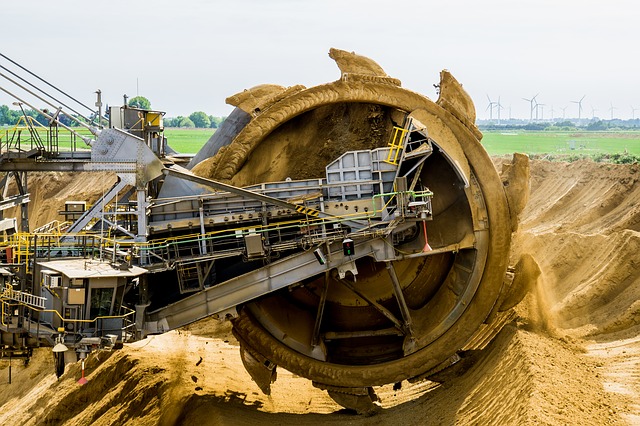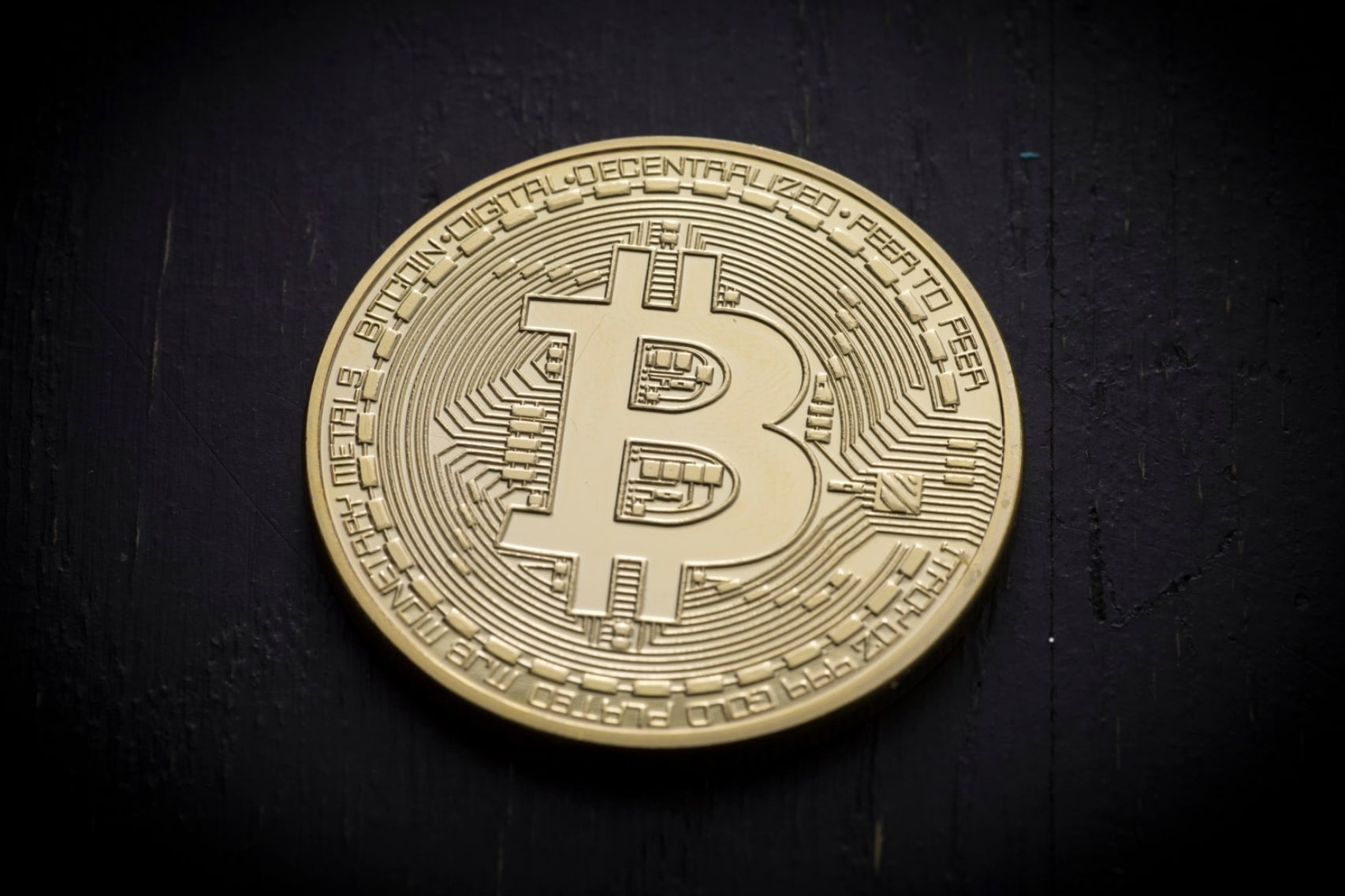Did you know the Bitcoin network is handled and kept up by a decentralized web of Bitcoin miners who utilize their computational assets to verify blocks and get compensated for their services? Ever thought about how long it takes to mine a bitcoin? In 2017, crypto mining gained popularity as the potential source of income. But Bitcoin mining has become over-competitive in 2019, and new investors in this market space have missed the boat. Is Bitcoin still a good investment today, is it worth mining and what can the price of Bitcoin be in 2020?
Back in 2011, it was difficult to mine Bitcoin, and an ordinary PC was just allowed mining one BTC per day. However, now you can use specially designed ASIC mining chips, basically Bitcoin hardware, to mine BTC.
 Mining a Bitcoin Block
Mining a Bitcoin Block
Bitcoin Mining is the act of authenticating the transactions that occur on every single blockchain. This offers legitimacy to each transaction, and after that shares the transaction openly over the peer-to-peer network for everyone to see it. Bitcoin miners are those people who are in charge of the verification and validation of every transaction before it is added to a block to make a blockchain. When a miner puts the following block on the blockchain, he/she can guarantee a reward which is for the most part made in bitcoins. The more the mathematical problems you tackle, the higher the reward.
You don’t need to be an expert programming engineer or coder in order to partake in Bitcoin mining.
First, let’s understand Bitcoin’s hash rate. A hash is like a cryptographic riddle that crypto miners need to decode, and the hash rate estimates the speed at which a particular machine works and solves mathematical problems.
The crypto mining space is ending up increasingly more mind-boggling as higher computation power is utilized in mining. The higher the mining level, the more troublesome it is to get benefits, because the rate of the equipment is so high. Bitcoin mining is extremely focused, and you have to do satisfactory research before investing in the hardware. Previously, it was possible for everyone to use their own CPU to mine bitcoins. But due to the multifaceted nature of mining, this strategy is no longer viable. One has to purchase a uniquely constructed PC whose primary object is bitcoin mining.
In June 2018, the hash rate of Bitcoin increased by 5 exahash in 2 weeks. It has taken the whole network more than 8 years to reach such a milestone. Whenever there is a sudden spike in Bitcoin mining, that doesn’t mean that a large number of miners have invested in the ecosystem and created a more significant competition – it rather indicates that ASIC chips have become more technically advanced. The same happened during the transition from CPU mining to GPU mining; today there are plenty of quality cryptocurrencies to mine with GPU. For instance, Bitmain, one of the vast ASIC manufacturers, has conclusively established a monopoly. Here are the top manufacturers of Bitcoin mining hardware:
- Bitmain
- Halong
- Avalon
- Pangolin
Speed of Mining
New BTC is mined almost every 10 minutes. One has to earn a part of the block reward by contributing a hashing power to the network. This can be done by solving a block difficulty. Currently, the block reward is set at 12.5 BTC. Thus, 10 minutes is an average timeframe set for miners to mine a single block.
In the event that you need to earn those recently made bitcoins, you should know what fraction you hold of the system’s total computational power.
Considering, what amount of time does it take to mine a block of Bitcoin alone without powerful ASIC chips? It isn’t even possible: one could run the hardware for decades without ever drilling a single block. Furthermore, it will never be profitable power-cost wise. GPU mining has been prohibitively expensive for years unless you run a large farm with plenty of mining rigs.
If you want to mine effectively, you have to join a Bitcoin mining pool of your choice. All you have to do is to divide the reward for solving a complex mathematical problem with other pool members. In a mining pool, you have to contribute at least 4% of the cumulative processing power to mine a block, to earn 1 BTC. However, there is no exact duration of time taken to mine a Bitcoin in a pool. It depends on what kind of pool you choose and what equipment you use. Here is a list of some big Bitcoin mining pools:
Antpool
Antpool is a popular mining pool operated by Bitmain Technologies, which is the world’s largest bitcoin mining hardware manufacturer.
Antpool is free to join and simple too. It pays without a payout threshold at around 10 AM UTC.
BTC.com Pool
BTC.com launched a mining pool in September 2016. BTC.com was earlier called Blocktrail, which was eventually acquired and rebranded by Bitmain in July 2016.
BTC.com also utilizes various tools like BTC Smart agent, BTC.com pool app, and BTC Tool.
BTC.com takes 1.5% as mining fee, which is paid via pay per share method. It shares transaction fees with miners.
Slush Pool
Slush Pool is operated by Satoshi Labs and based in the Czech Republic. It was the first mining pool and mines about 11% of total bitcoins.
Here, a user’s participation in the pool’s mining power can be determined in terms of scoring hash rate, and this determines their reward as indicated by the following formula:
Reward = block value * (1- pool fee) * (hash rate score / pool scoring hash rate)
Slush Pool charges a 2% fee from the payouts it gives.
BW Mining Pool
BW.com is the first PoS mining community and digital asset contract exchange to be based on the mining pool. As explained by them, in BW, B stands for “Bit,” ”Blockchain,” and ”Bitcoin,” and W stands for “World” and “Wealth.” It is based in China.
BW charges a fee of 2-3 % for the bitcoins mined.
F2 Pool
F2 Pool is the 2nd-largest Bitcoin mining pool, with 25% of the network hash rate.
For bitcoins, they charge a fee of 2.5% and have a threshold of 0.005 before payout.
Furthermore, customers have the option to engage in solo mining, but that requires top-notch mining hardware. For instance, Antminer S9 will set you back $2,100 USD
Time To Mine a Bitcoin
Clearly, if we talk about the time it takes to mine one bitcoin, there is no technical way to predict it accurately. Due to the competitive nature of mining bitcoins, it is quite difficult to say how long does it actually takes.
The period of time it will take an individual miner to mine 1 bitcoin is subject to the miner’s computational resources compared to the competition. If the bitcoin miners have lots of powerful mining equipment available, at that point they may be able to add 1mnew block. It takes around 10 minutes to add a new block; so there is no shortage of opportunities to be the fortunate miner.
Cost of Mining 1 Bitcoin
Now that we are aware of how long it takes to mine 1 Bitcoin, let’s study how much it costs. The price of Bitcoin mining differs from country to country due to different electricity rates. Let’s take an example – mining 1 Bitcoin in Venezuela will set you back $531 USD while in South Korea, a single BTC will cost more than $26,000. Meanwhile, in the US, the average price of Bitcoin mining ranges from $4,000 to $6,000.
Bitcoin Cloud Mining vs. Bitcoin Mining Hardware
Bitcoin Mining Hardware usually needs a substantial upfront financial commitment on the miner’s part, and the costs associated with cloud mining are very easy to compute. A ton of associations keep running on a monthly basis membership model that is regulated by the digital money you wish to mine. The hash rate is kept running on high speed on, for instance, the acclaimed sites Genesis Mining and HashFlare.
To further calculate how to break even on investments in bitcoin hardware mining or bitcoin cloud mining, it is essential to research estimated time frames. For most miners, it is challenging to anticipate profitability within 3–6 months. However, 10 to 15 months is the realistic time you will have to mine before making a profit, as it depends on factors like the price of a cryptocurrency, cost of electricity, and the type of mining rig you use. Indeed, cloud mining is not that profitable. For example, HashFlare Scrypt and SHA-256, as of May 30, 2018, take 3,828 and 3,983 days to reach ROI on BTC separately. Sometimes, there are subscription-related issues in cloud mining, wherein it becomes daunting to keep paying per month, even during the bearish market.
Conclusion
In spite of the fact that there are no immovable guidelines about what time it takes to mine 1 Bitcoin, your chances will increase in direct connection to the hashing power that your selected mining pool is producing. Along with this, the type of mining hardware you use also plays a vital role in Bitcoin mining time duration.
 Vijaya Bharti (Author)
Vijaya Bharti (Author)

